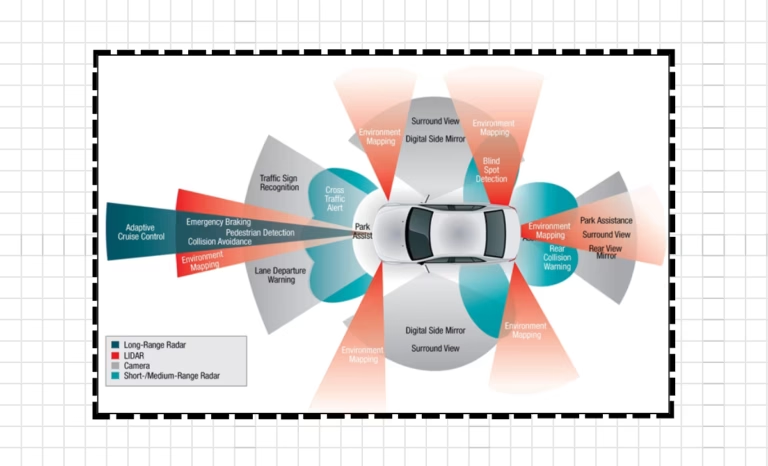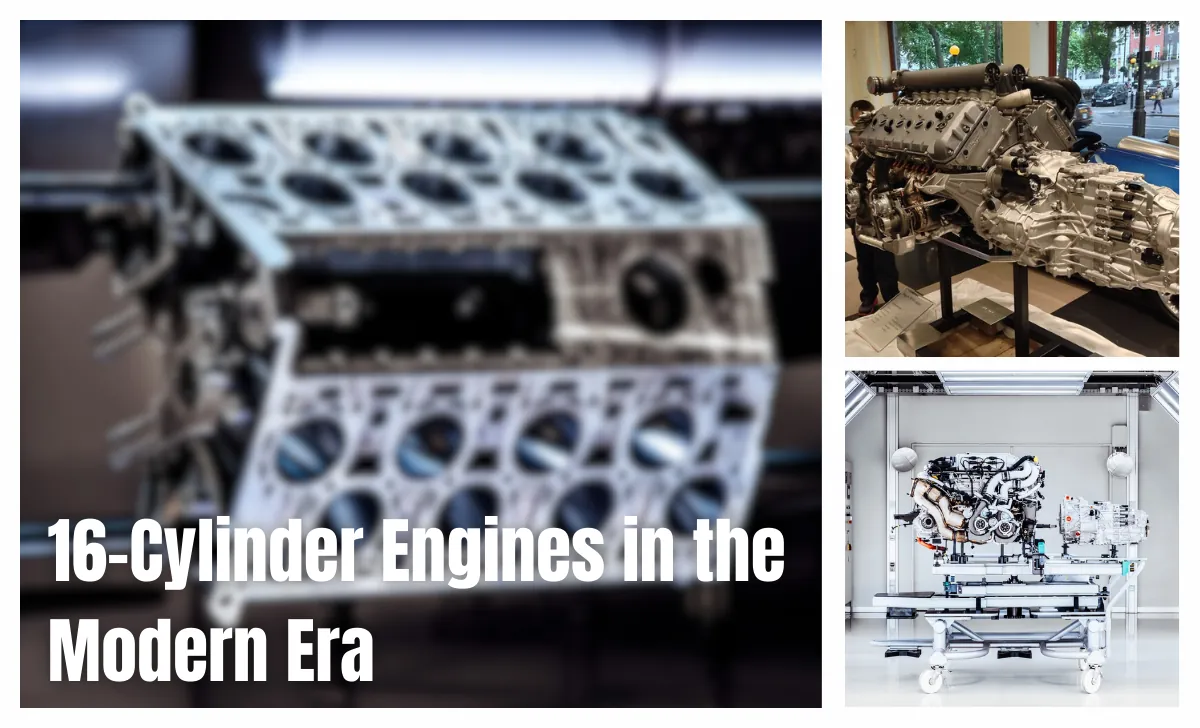
Innovative Balancing Solutions for 16-Cylinder Engines in the Modern Era
The automotive industry has seen numerous innovations over the years, but few have matched the engineering marvel of the 16-cylinder engine. These engines represent the pinnacle of performance, power, and sophistication, delivering unparalleled driving experiences. This article explores the innovative balancing solutions that make modern 16-cylinder engines not only possible but also highly efficient and reliable.
The Legacy of 16-Cylinder Engines
The journey of 16-cylinder engines began in the early 20th century, with pioneers like Cadillac and Marmon introducing these powerhouses in luxury vehicles. The Cadillac V-16, launched in 1930, was one of the first production cars to feature such an engine, setting a standard for performance and smoothness.
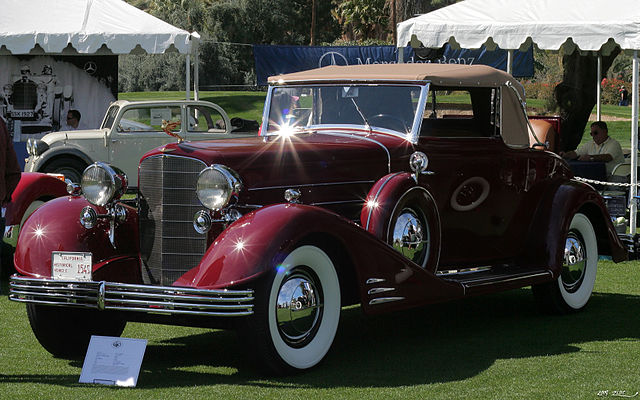
Over the decades, 16-cylinder engines became synonymous with high-end performance cars, including the legendary Bugatti Veyron and its successors. These engines were celebrated for their sheer power, but they also posed significant engineering challenges, particularly in balancing and managing their complex mechanics.
The W16 Engine: A Milestone in Automotive Engineering
The introduction of the W16 engine in the Bugatti Veyron 16.4 in 2005 marked a revolutionary moment in automotive history. This engine was not only powerful, with an output of 1,001 PS, but also compact, enabling the Veyron to achieve unprecedented performance levels. The W16’s design, consisting of two V8 engines joined at an angle, allowed for a more compact and efficient power unit.
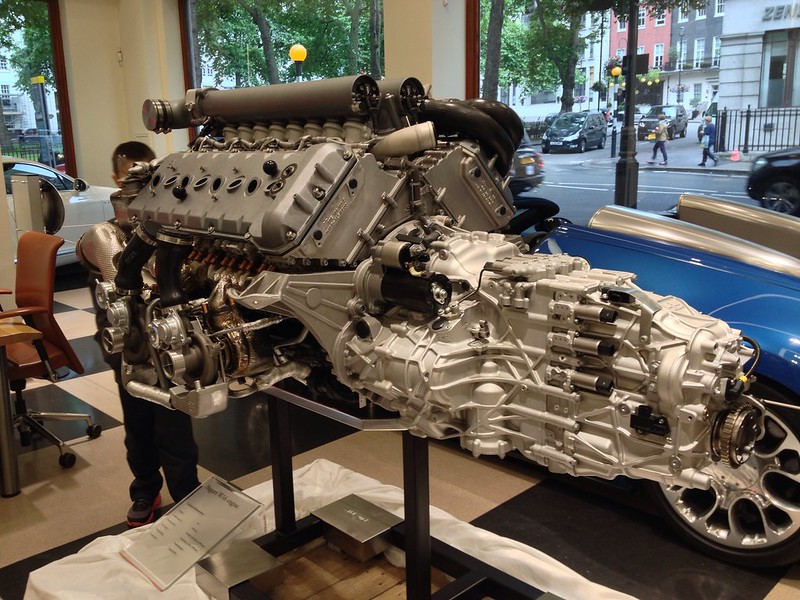
The Veyron’s successor, the Chiron, took this innovation further, pushing the engine’s power output to 1,500 PS initially and later to 1,600 PS. These advancements were made possible through meticulous engineering, including the use of larger turbochargers, a duplex fuel injection system, and extensive use of lightweight materials like carbon fiber and titanium.
Challenges in Balancing 16-Cylinder Engines
Balancing a 16-cylinder engine presents numerous challenges. The engine’s size and weight can create significant issues with weight distribution and vibration. Managing these factors is crucial to ensuring smooth operation and longevity.
Additionally, the thermal management of such a powerful engine requires advanced cooling systems to prevent overheating and ensure consistent performance. Engineers must also address the complexity of the engine’s mechanical components, ensuring that each part operates in harmony to deliver optimal power and efficiency.
Innovative Balancing Solutions
Modern 16-cylinder engines benefit from a range of innovative balancing solutions. One key advancement is the use of advanced materials like titanium and carbon fiber, which reduce weight and enhance durability. Turbocharging and sequential turbocharging technologies have also been critical, allowing for greater power output without compromising balance.
Electronic management systems, such as Bugatti’s Ion Current Sensing (BIS), monitor and adjust the engine’s performance in real time, ensuring smooth and stable operation. These systems can detect knocking or misfires and adjust ignition timing, deactivating cylinders or reducing boost pressure as needed to maintain balance.
The Transition to Hybrid Powertrains
As the automotive industry moves towards sustainability, hybrid powertrains are becoming increasingly important. These systems combine the raw power of traditional combustion engines with the efficiency and instant torque of electric motors. In the context of 16-cylinder engines, hybridization offers a way to maintain high performance while reducing emissions and improving fuel efficiency. The integration of electric motors provides additional power and helps balance the overall system by distributing the load more evenly.
Case Study: Bugatti Tourbillon
The Bugatti Tourbillon represents the pinnacle of modern automotive engineering, combining a naturally aspirated V16 engine with a sophisticated hybrid powertrain.
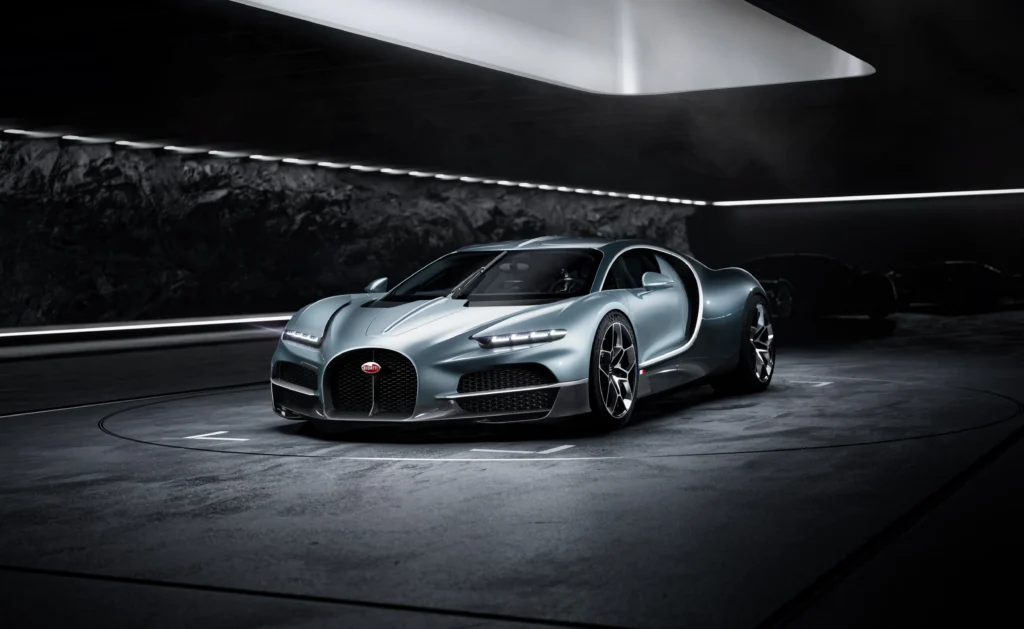
- Developed with Cosworth, the Tourbillon’s engine produces 1,800 hp, with 1,000 hp coming from the V16 engine and 800 hp from the electric motors.
- This hybrid system includes a front e-axle with two electric motors and a rear-mounted electric motor, powered by a 25 kWh oil-cooled 800V battery.
- The result is a vehicle with unparalleled performance, capable of delivering instant torque and exceptional agility while maintaining a lightweight and balanced design.
The Tourbillon showcases how advanced materials, efficient packaging, and cutting-edge aerodynamics can come together to create a high-performance vehicle that also meets modern emissions standards.
Future Prospects
The future of 16-cylinder engines in the automotive industry looks promising, with ongoing advancements in hybrid technology and materials engineering. As manufacturers continue to push the boundaries of performance and sustainability, we can expect to see even more innovative solutions that enhance the balance and efficiency of these powerful engines.
The trend towards electrification will likely play a significant role, offering new opportunities to integrate electric power with traditional combustion engines in a way that maximizes performance and minimizes environmental impact.
Conclusion
The evolution of 16-cylinder engines, particularly in high-performance vehicles like those produced by Bugatti, highlights the importance of innovative balancing solutions. Through advanced materials, hybrid powertrains, and sophisticated electronic management systems, engineers have managed to overcome the inherent challenges of these complex engines. As the automotive industry continues to evolve, the legacy of 16-cylinder engines will undoubtedly inspire future innovations, ensuring that these engineering marvels remain at the forefront of automotive excellence.



